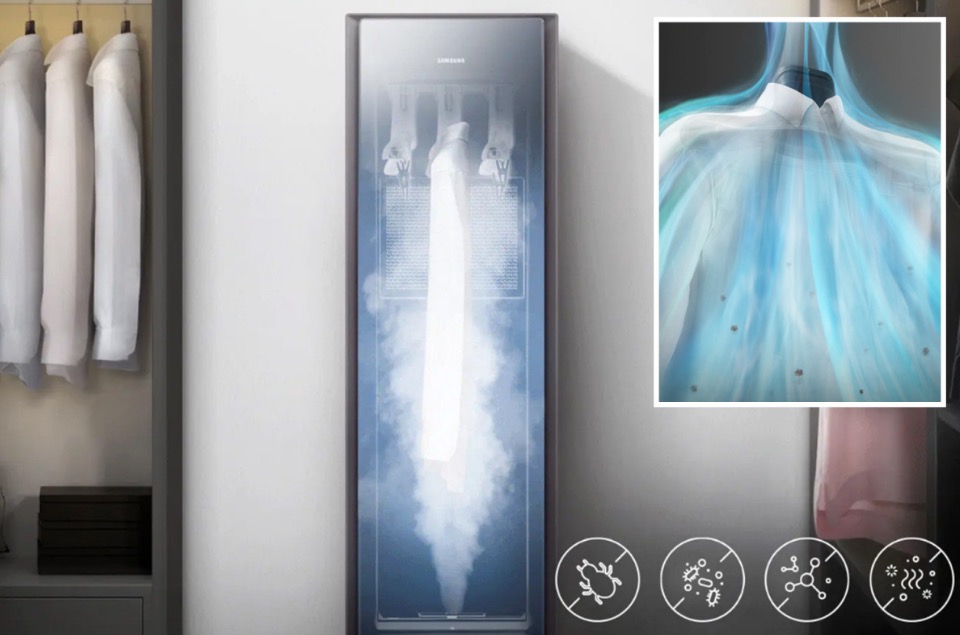 19th June 2020 | IN CORONAVIRUS | BY SBID
19th June 2020 | IN CORONAVIRUS | BY SBIDThe COVID-19 health emergency has accelerated the design process exponentially, pushing companies to respond to new, emerging needs with intelligent and functional strategies, whilst adopting innovative ways to reconnect with the world and make a difference. Moreover, the goal and great merit of the designers lies in the ability to grasp the trends and changes of the eras they live in, and convert them into objects and ideas.
The reopening of public places is the driving force behind the latest challenge designers face – to completely rethink common places in order to recreate new spaces, where all the design elements are in harmony with each other and in which the emotional component reflects the same sense of security and “feeling at home” sensation. All of this is done by involving the consumer in a very conscious way. Enough with the banal and unaesthetic plexiglass plates, we must uncover more client-friendly alternatives!
Whilst COVID-19 is bringing increasing attention towards health and wellness related issues which affect all sectors from food, retail and furnishings to travel and beauty, social attitudes towards sustainability and environmental factors is also still gaining momentum. New products and environments will be strongly influenced by the principles of the Circular Economy, based on concepts such as sharing, reusing, repairing and recycling existing materials and products, abandoning the bad habit of disposable use.

Offices
In public places consumers want to feel protected and “safe”, for this reason working environments will have to be organised according to some guidelines.
After months of lockdown, it’s important to return to the workplace feeling at ease and be encouraged to act responsibly. A six feet office has fixed workstations, semi-isolated or limited by graphics that visually delimit the space, making the safety distances perceived. The periods of ongoing isolation at home have questioned societies habits, encouraging them to seek more and more balance between private life and work life – and will be increasingly eager to work in an environment that reflects the home environment, in colours, furnishings and perfumes.

Restaurants & Bars
They must have a partially insulated entrance that acts as a filter with respect to the rest of the room where you can carefully sanitise your hands, deposit your clothes and wear disposable shoe covers. In this regard, Samsung has created AirDresser, a sanitising cabinet that eliminates bacteria, mites and viruses through steam jets.

The menu will be contactless and digital: with the Sooneat app, every customer from their smartphone can avoid the queue at the entrance, sit at the reserved table, consult the menu, photos of the dish, order and pay with a simple click.
Speaking of tables and chairs … how will they be organised? Large-sized restaurants will have the opportunity to rearrange the tables according to the safety distances provided, but what about small restaurants? To one of my clients I proposed a shaped table top to be screwed simply to the existing table structure, optimising the space compared to combining two square modules.
It will also be very important to reorganise the outdoor spaces. It will be one of the most important missions of restaurants and bars to guarantee an experience up to the past again.

Hairdressers and Beauticians
The visit to the hairdresser and beautician will be much more psychological than one might expect, it will be a 360° wellness and beauty experience with customisable treatments and mainly green products, all bookable through an app. New restyling for waiting rooms where possible, with modular furnishing solutions that are able to maintain a minimum contact between customers but respecting the safety distance. The image represents a typical Martex furniture solution before and after Covid-19. The furnishings can be adapted according to needs and are covered with 100% antibacterial fabric.
This post is part of a series exploring the ways that the health emergency of Covid-19 has changed the way we conceive public and private spaces. Click here to read the previous post about private spaces.
About the Author
Elisabetta de Strobel is an internationally acclaimed Interior Designer and Art Director, originally from Rome. Her studio offers expert consultation services for interior design, product design, branding and strategic market analysis.
If you’d like to become SBID Accredited, click here to find out more.



